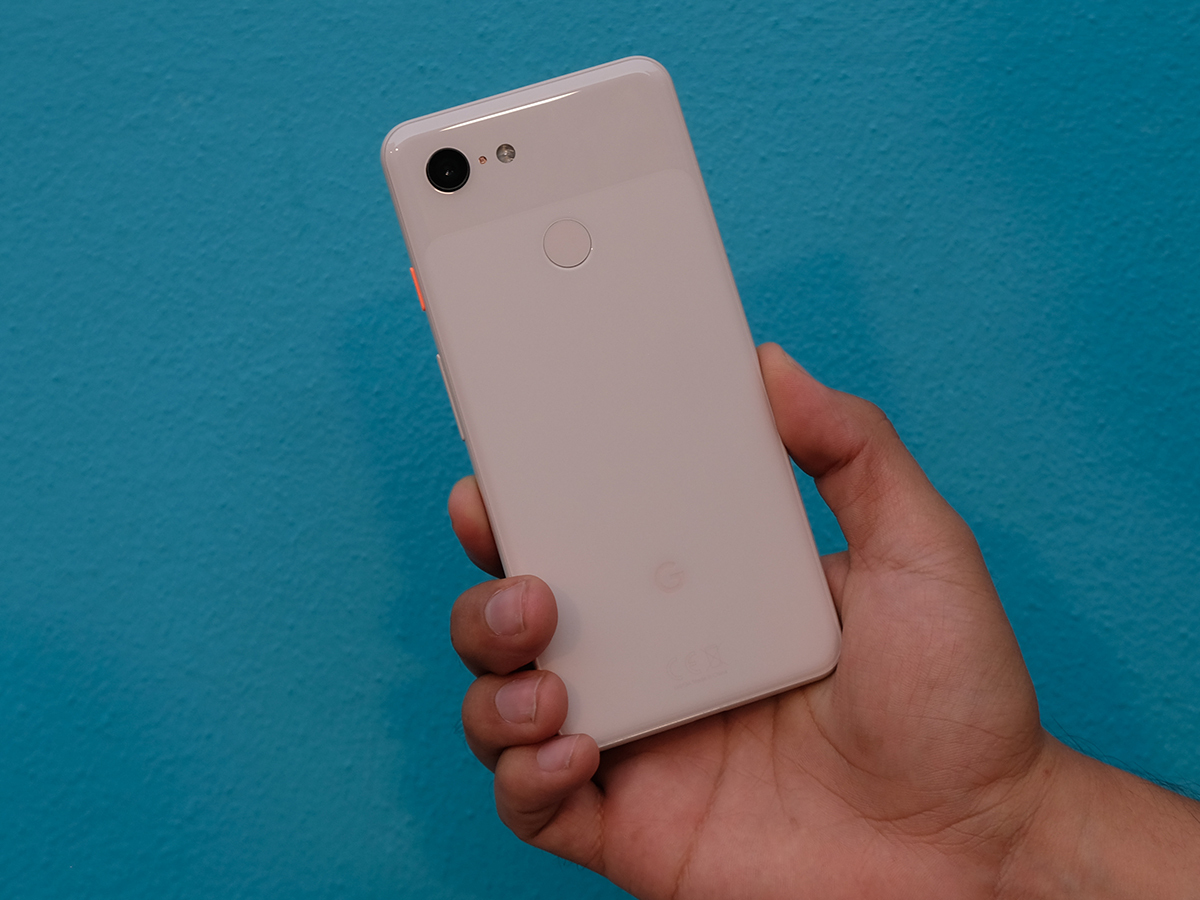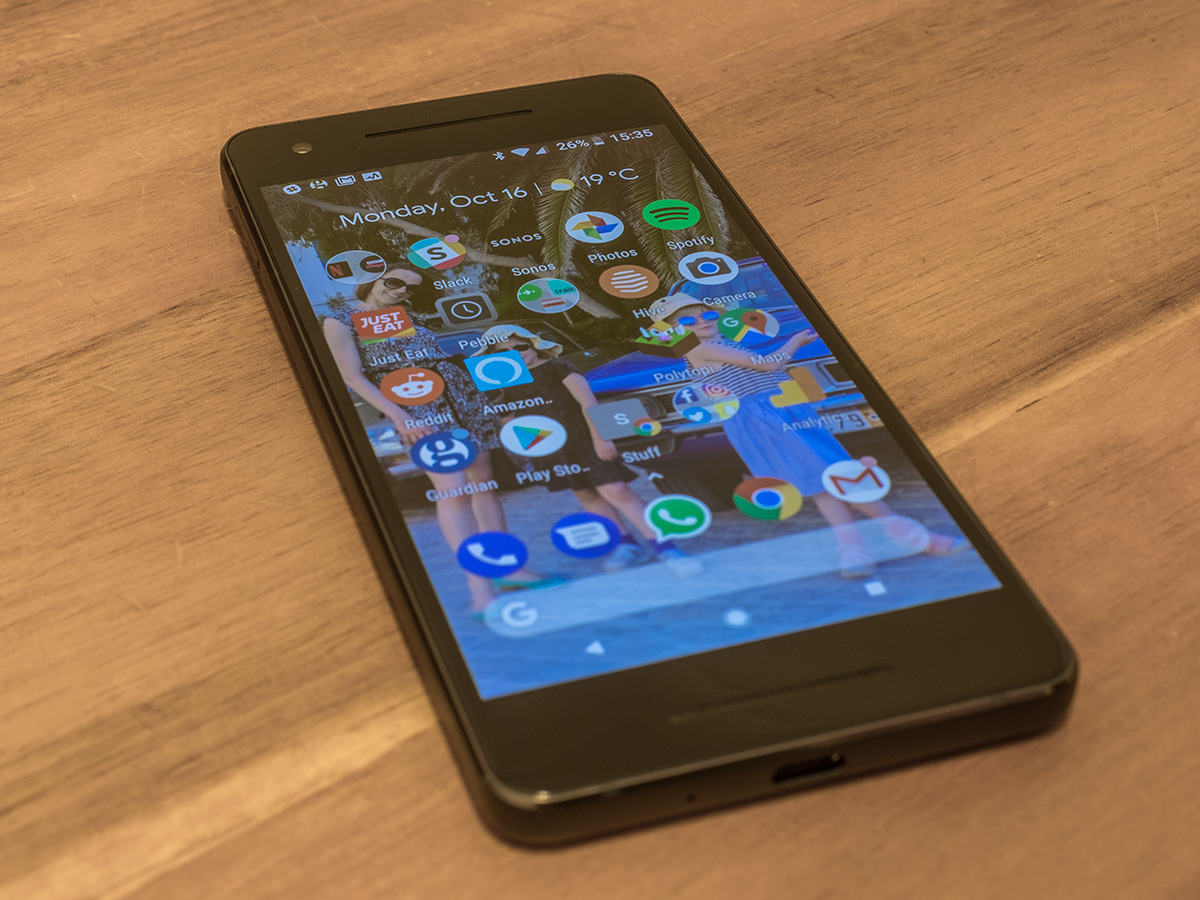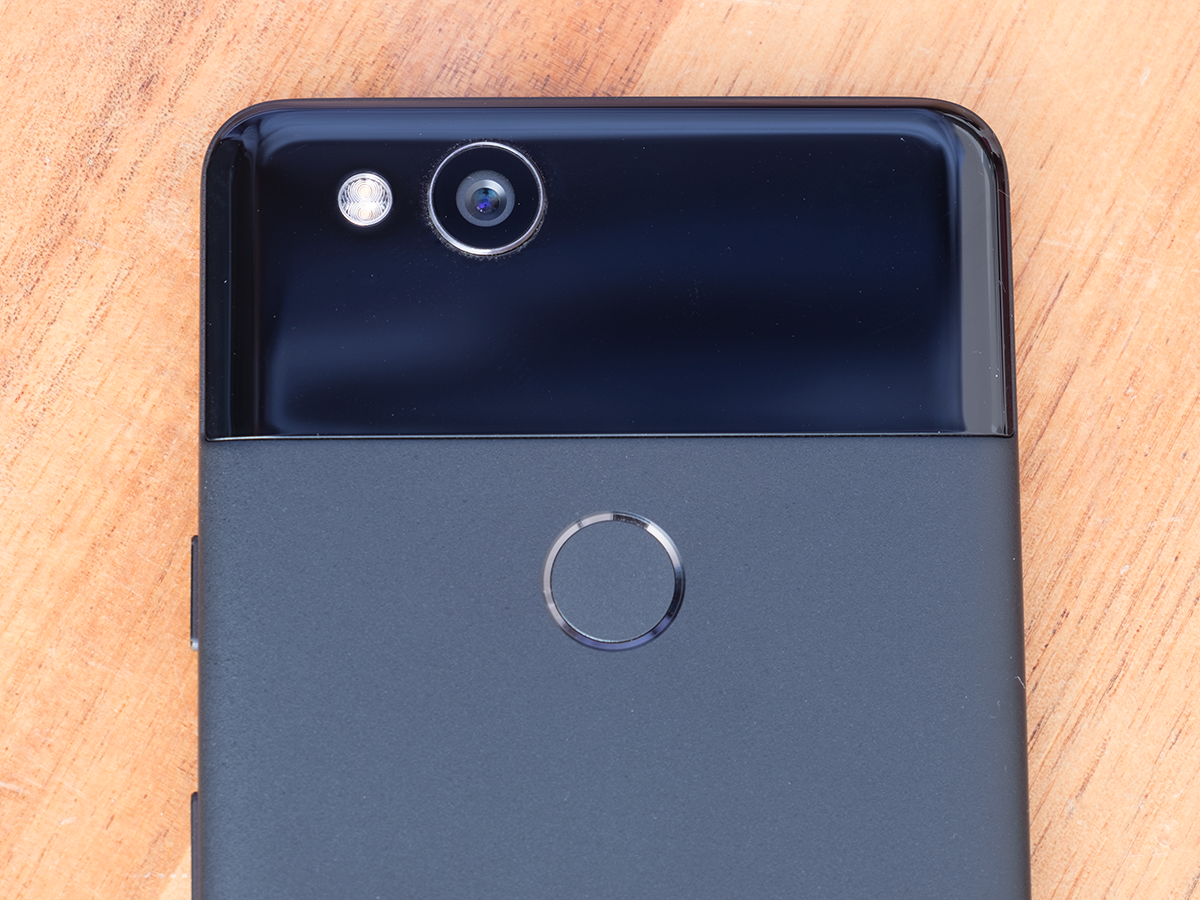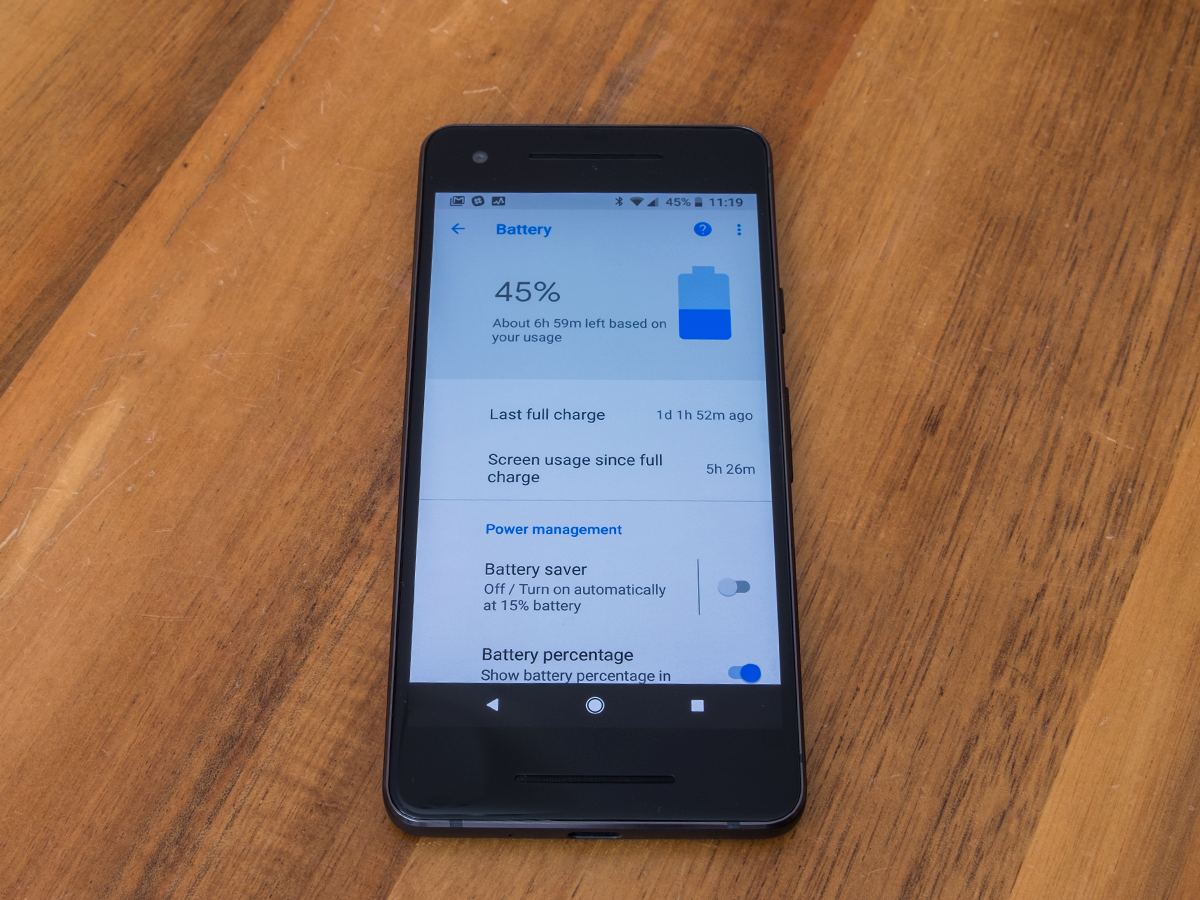Google Pixel 3 vs Pixel 2: What’s the difference?
Does the feature bump match the price bump?
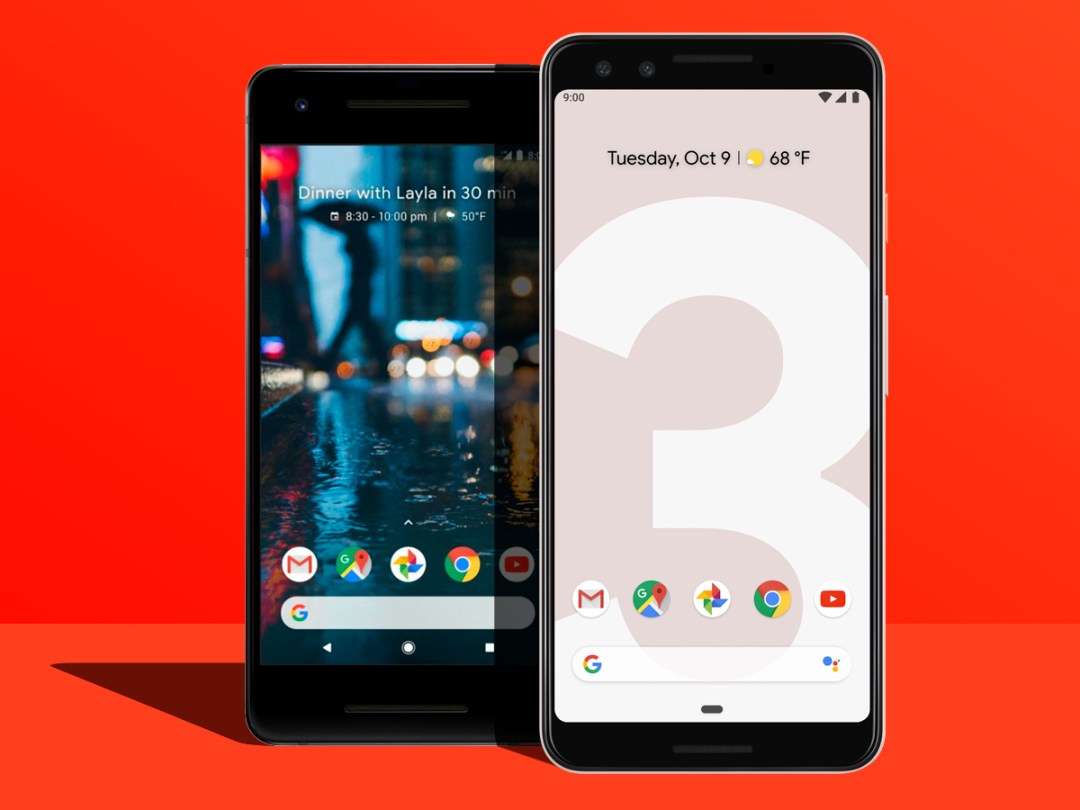
From the start, the standard-sized Pixel phones have underwhelmed. They’ve packed excellent cameras and the Android experience has been strong, but the bland, sometimes clunky design hasn’t matched the price tag.
Well, the price tag on the Google Pixel 3 has seen a pretty significant leap – but so too has the look and feel of this handset, getting closer to the kind of premium allure that we expect from a pricey Google phone. Add in a number of spec bumps and the third time might be the charm for the core Pixel.
Wondering what’s changed this time around? Here’s a look at how the Pixel 3 compares to last year’s Pixel 2.
Design: Sleek upgrades
We called the Pixel 2 "a featureless black rectangle" – although that featureless rectangle also came in white, to be fair. In any case, what started out as an obvious iPhone homage with the original Pixel managed to look even less inspiring and compelling the second time around. The sheer amount of bezel above and below the screen was just baffling, really.
The Pixel 3 packs some clear upgrades. While hardly a mind-blowing or innovative design, the face sees some nice curves both in build and on the corners of the screen, while the two-tone backing is all glass now. It looks a lot nicer and sleeker, which makes sense given the higher price tag. Google wouldn’t be able to sell another Pixel 2-like brick at that amount.
Screen: Taller… and better?
Last year’s 5in screen felt a bit small to us compared to the flagship competition, although that’s a matter of taste really. Overall, though, it was a fine panel: a 1080p 16:9 display packing all of the benefits of OLED tech, including inky blacks and brilliant contrast, along with HDR support.
The Pixel 3 sticks with OLED and 1080p resolution, but bumps up to a 5.5in 18:9 panel. It shouldn’t be much wider, given the extra size devoted to the taller aspect ratio, but it still should seem more sizable than before. At 1080p, it’ll still be lower-resolution than many handsets at that price level, but we’re expecting strong results all the same.
Also Read › The best Google Pixel 3 deals in October 2018
Camera: Improving on greatness?
The camera has always been the best thing about the Pixel phones, and last year’s Pixel 2 was top dog amongst smartphones for months until the Huawei P20 Pro rolled around this spring.
Great hardware and brilliant software came together to power the Pixel 2’s camera, with the 12.2-megapixel (f/1.8) single shooter delivering impeccable results. Swift autofocus and immense detail and clarity all impressed, and even blurred-backdrop portrait shots impressed despite the effect being handled by software (instead of a secondary camera).
We haven’t logged enough time with the Pixel 3 yet to know how significant of an improvement it will offer, but the tech seems about the same on paper: a 12.2MP single camera at f/1.8. Google has dropped in more A.I. assists this time around, however, including the ability to tweak that background blur and bokeh. It also packs a Top Shot feature that takes a burst of shots and suggests the best of the bunch.
And then on the front, the Pixel 3 bumps up to two cameras this time around, with a second wide-angle camera added for group selfies.
Performance: Modest gains
The Pixel 3 makes the expected annual bump here, going from last year’s Qualcomm Snapdragon 835 chip to the current Snapdragon 845. No surprises there. It brings a modest increase in speed, and is the chip you’ll find in nearly all Android flagships right now.
It’s still 4GB RAM inside this time around, too, which is plenty to handle multitasking and high-performance apps and games. Android 9 Pie ought to run a hair smoother on the Pixel 3 than the Pixel 2, but it won’t be a huge difference.
Also Read › Google Pixel 3 XL hands-on review
Battery and perks: Now wireless
We found the 2,700mAh battery pack in the Pixel 2 to be decent enough: built for an average day’s usage, but not more. The Pixel 3 bumps up a smidge to 2,915mAh, but given the larger screen to power here, we’re not expecting to see any kind of noticeable change in battery life.
This time around, however, the switch to glass on the entire back means that the Pixel 3 supports wireless charging. That’s a nice upgrade.
Storage-wise, it’s exactly the same: 64GB in the base model, and 128GB if you want to pay another £100 for it. And no, you can’t use a microSD card. Both phones also support Google’s Daydream VR platform, as well, although the extra power of the Pixel 3 could result in smoother and better-looking experiences.
Initial verdict: A stronger offering
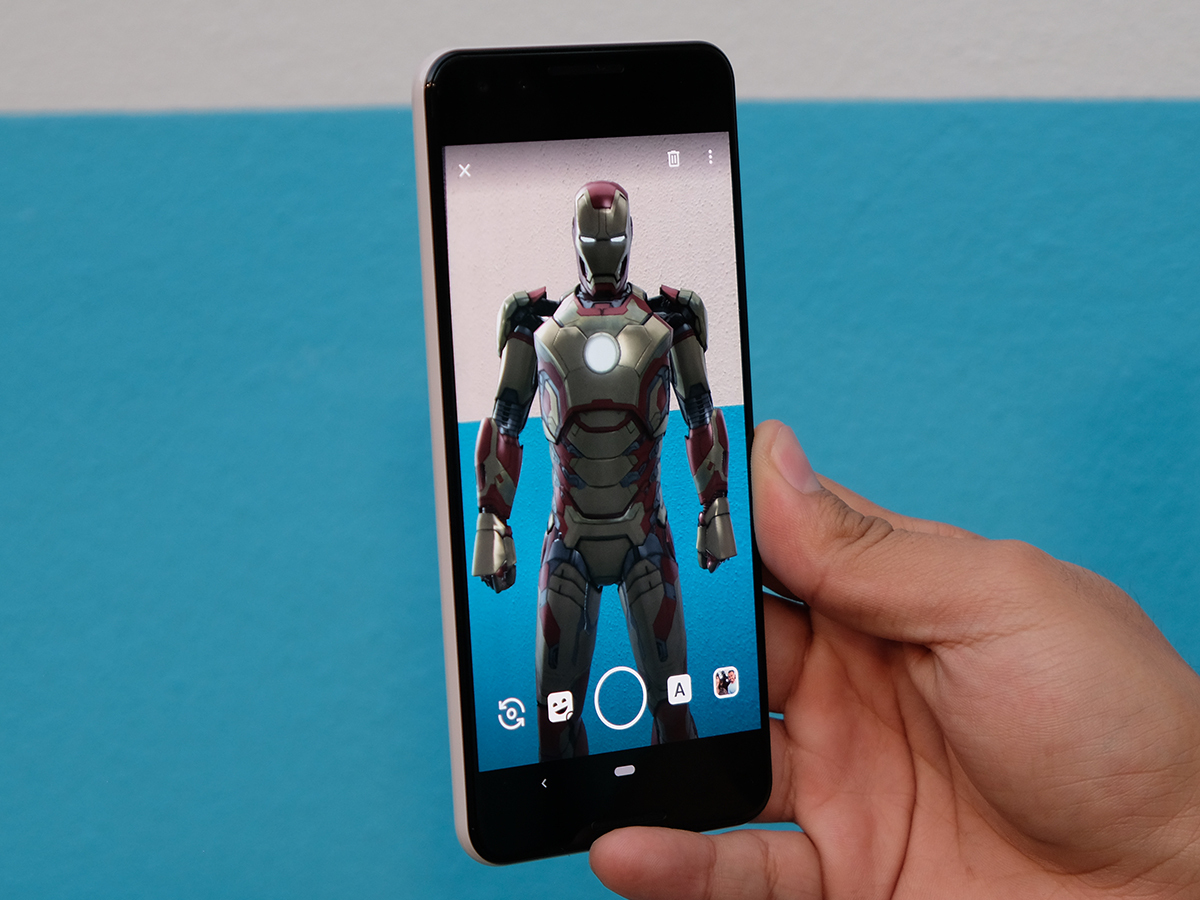
This is arguably the first time that the standard Pixel model has arguably seemed just as compelling as the XL – and that’s especially true now that the Pixel 3 XL comes with a notch, which might prove divisive for some Google fans.
It’s a better-looking phone that’s sure to have another excellent camera, plenty of power, and a very good display, but the upgrade doesn’t come cheap: at £739 for the base model, the Pixel 3 is £110 more than its predecessor. In the States, it’s even more pronounced, with the US$799 Pixel 3 arriving with a US$150 increase.
Will it be worth all that scratch? We’ll find out soon: the Google Pixel 3 hits the UK on 1 November, and we’ll have a full review soon.
